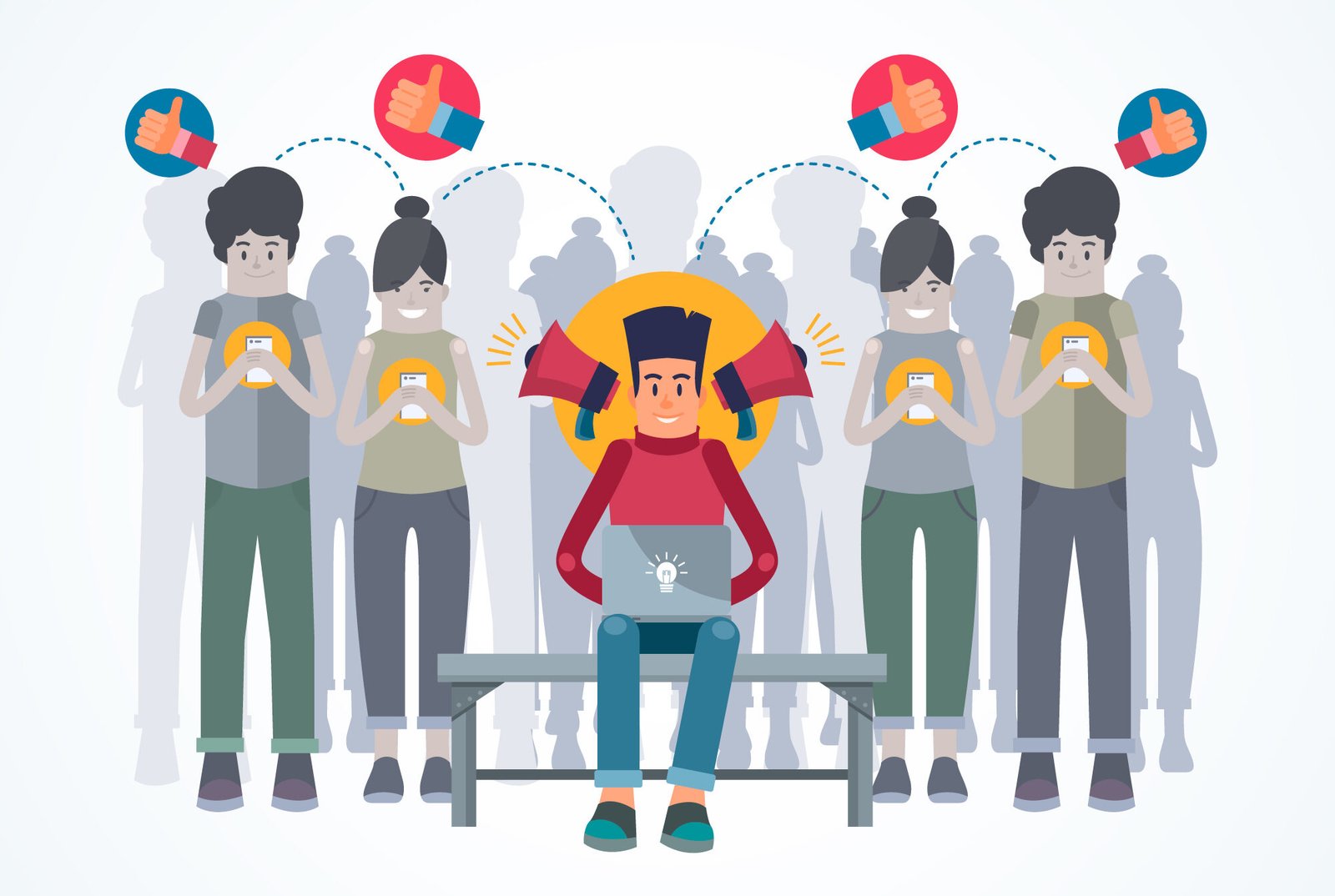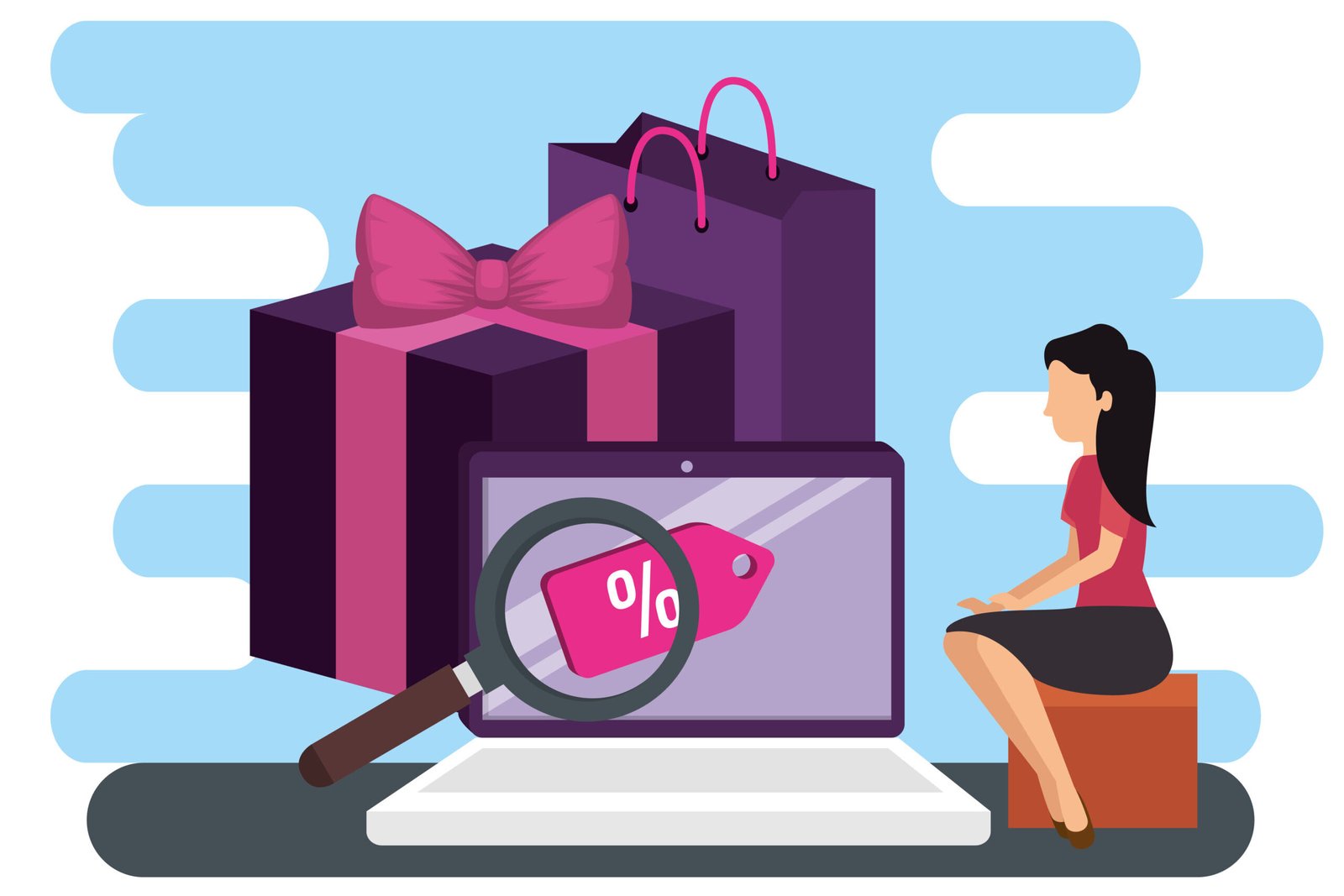In our current online landscape, customers are on the lookout to build real connections with brands. Studies indicate that 71% of individuals are more likely to buy items suggested by trusted influencers. This stands apart from old-school ads because tips from influencers come across as more intimate and less pushy about sales.
61% of consumers trust influencer recommendations over branded content, and 82% of brand leads from influencers are higher quality than other campaign types. This edge exists because audiences see influencers as relatable people instead of faceless corporations.
Authenticity is the lifeblood of successful ecommerce influencer partnerships. Audiences quickly spot when an influencer’s message doesn’t match their established persona. The most effective partnerships let influencers freely share real experiences with products in their own voice.





